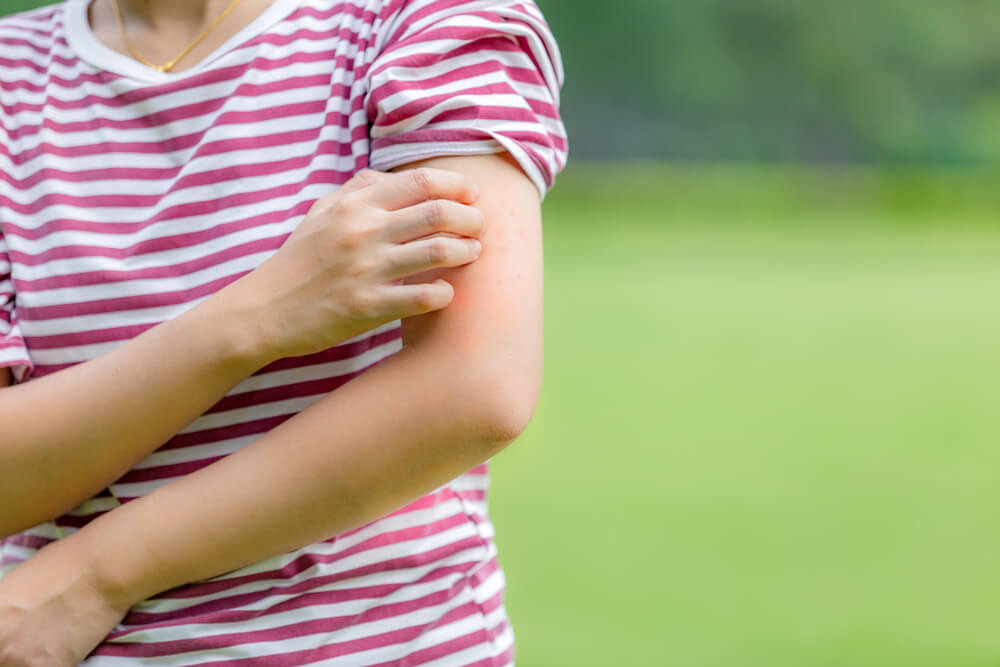Brown recluse spiders are commonly found in the central and southern United States and prefer warm climates. In dim, protected areas, such as woodpiles, leaves, or rocks, they mostly live; they can even live within people’s homes or under their park benches. A brown recluse will often also hide in shoes or clothes that have been left on the ground for a while.
You can identify this kind of spider just below their heads as they have a dark, violin-shaped patch. It can be challenging to see this mark, so it’s easy to confuse a different form of the brown spider for a brown recluse.


